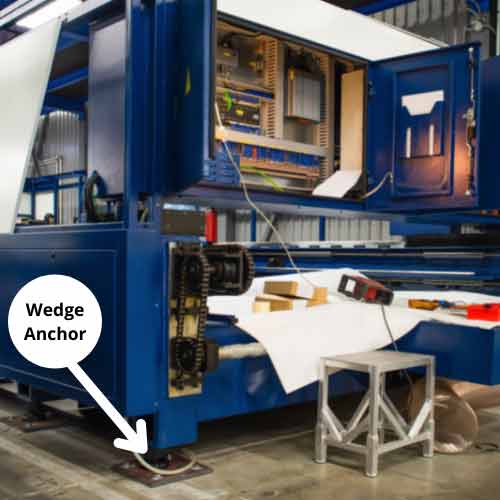thick washers and spacers
Sep . 19, 2024 10:33 Back to list
thick washers and spacers
Understanding Thick Washers and Spacers Types, Uses, and Applications
In engineering and construction, the importance of small components like washers and spacers can often be overlooked. However, these seemingly minor elements play crucial roles in ensuring stability, structural integrity, and effectiveness in various applications. Among these, thick washers and spacers stand out for their versatility and strength.
What Are Thick Washers and Spacers?
Thick washers are flat, circular plates that are used to distribute load, reduce friction, or act as a spacer between two surfaces. They can be made from a variety of materials including metal, plastic, or rubber, depending on the required strength and resistance properties. On the other hand, spacers can be defined as cylindrical or flat pieces that create distance between two parts. Both components are essential for maintaining proper alignment and accommodating variations in part dimensions.
Applications in Different Industries
Thick washers and spacers find their applications across numerous industries. In construction, they are employed to distribute loads over larger areas, which helps prevent damage to structural components. For instance, when installing beams or heavy equipment, thick washers can be placed under nuts or bolts, ensuring that the pressure from fasteners does not compress or mar the surfaces below.
In the automotive industry, these components are critical for the assembly of engines, suspensions, and other systems where precise spacing is vital for performance. Thick washers can reduce wear on parts subjected to vibrations and movement, ultimately extending the lifespan of the vehicle components.
thick washers and spacers

Moreover, in the realm of electronics, thick spacers and washers provide isolation between sensitive components and the chassis
. This helps in minimizing electromagnetic interference (EMI) and enhancing overall performance.Material Considerations
The choice of material for thick washers and spacers can greatly influence their function and durability. Steel washers are often used in heavy-duty applications due to their high strength, while plastic washers might be chosen for instances where corrosion resistance or electrical insulation is necessary. Specialty materials, like nylon or rubber, can provide cushioning and are ideal for applications involving vibrations.
Installation and Maintenance
Proper installation techniques for thick washers and spacers must be followed to ensure effectiveness. For instance, it’s essential to use the correct size and thickness; too thin a washer may not distribute the load adequately, while too thick a washer or spacer may create alignment problems. Regular inspection and maintenance of these components are also crucial, particularly in high-stress environments where wear and fatigue can compromise their functionality.
Conclusion
Thick washers and spacers are often underestimated, but they are vital components in a broad range of applications. Their ability to distribute loads, maintain alignment, and mitigate wear makes them indispensable in engineering, construction, and manufacturing processes. By choosing the appropriate materials and ensuring they are correctly installed, users can leverage the full potential of these essential elements for enhanced reliability and performance in their projects. Understanding their roles can lead to better design choices and ultimately contribute to the overall success of a project.
Latest news
-
Premium Phosphated Drywall Screws Supplier | Durable, Rust-Resistant
NewsAug.27,2025
-
Reliable Wire Bolts Suppliers | Quality Zinc Plated Fasteners
NewsAug.26,2025
-
Wire Bolts Suppliers: Durable & Reliable Fasteners for Every Project
NewsAug.25,2025
-
Premium Cabinet Bolts Supplier | Wholesale & Custom Solutions
NewsAug.24,2025
-
Reliable Axle Nuts Supplier | Quality & Precision Fasteners
NewsAug.23,2025
-
Durable Bolts for Lawn Mower Handle - Top Supplier & Manufacturer
NewsAug.22,2025
